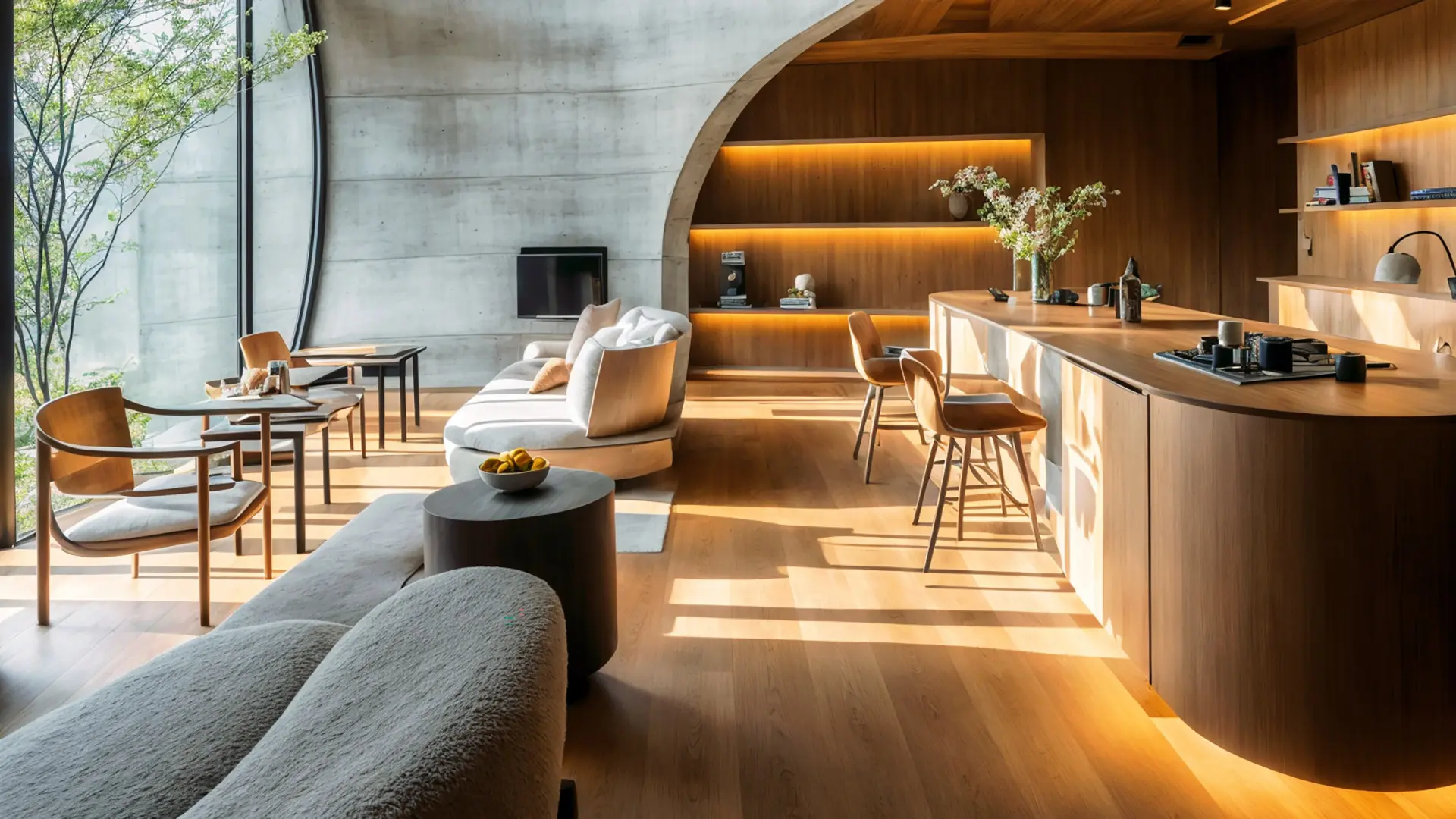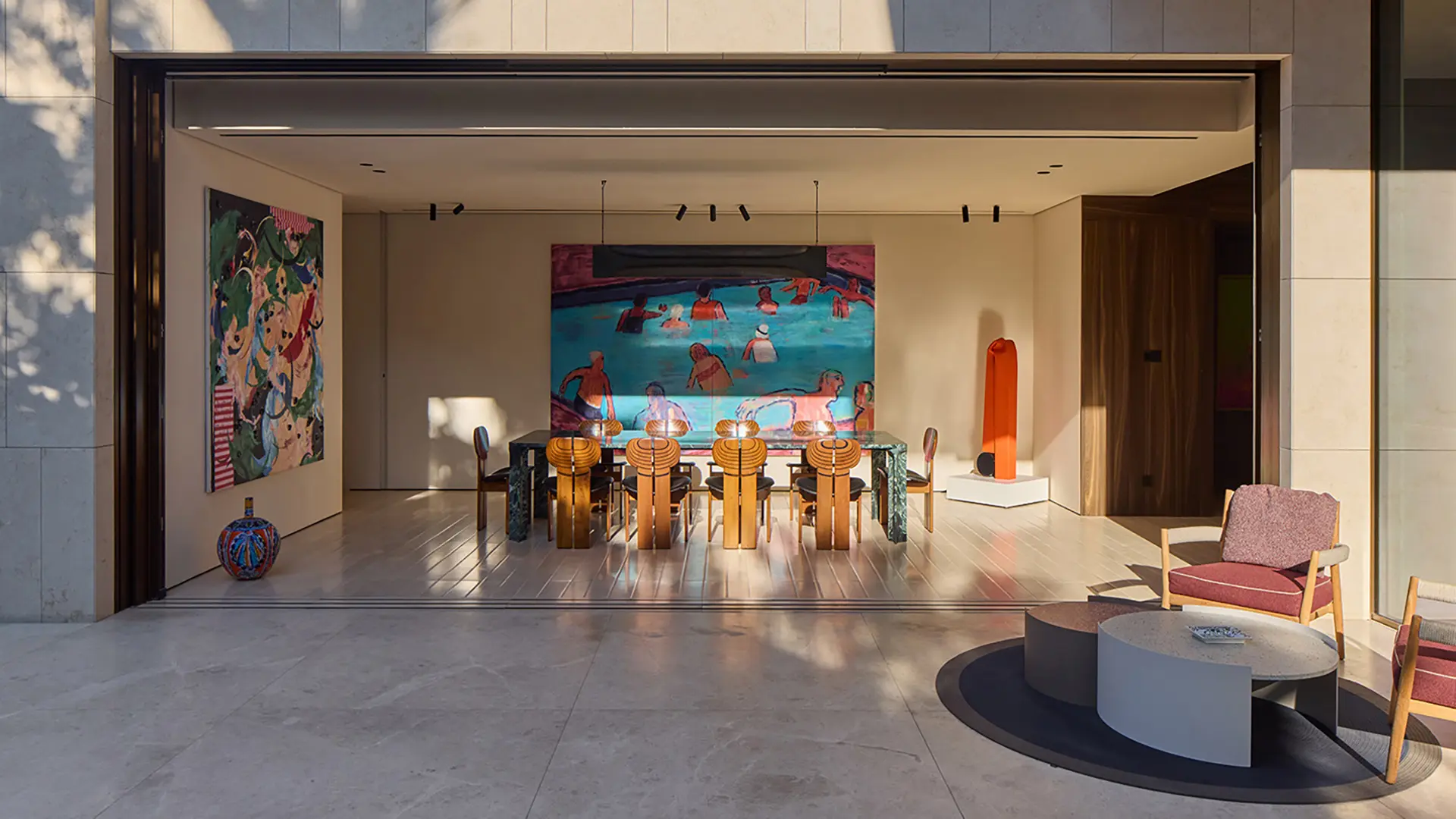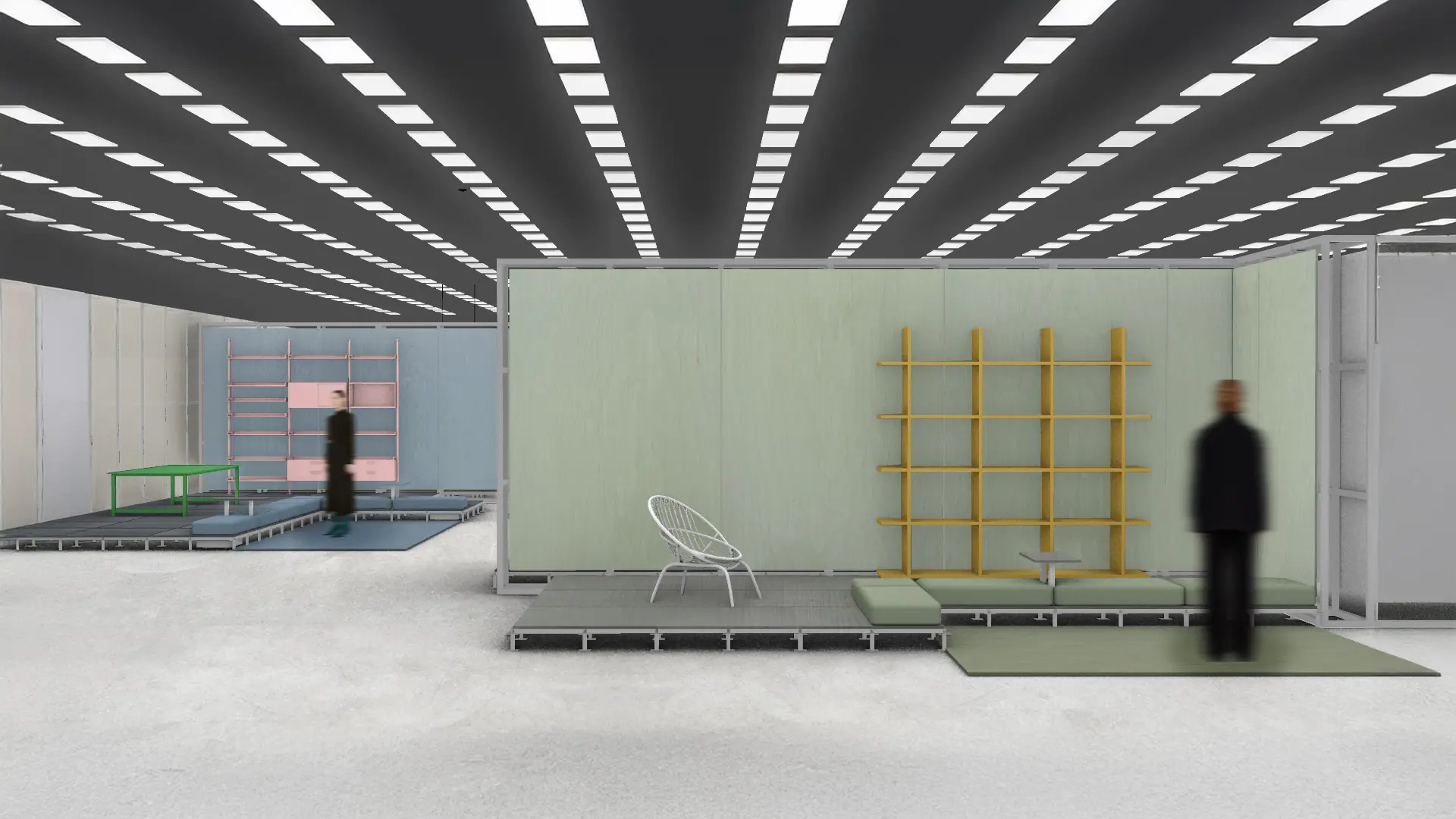Smart and sustainable purchases: how to make the most of the appliance bonus and how to apply. Requirements, amounts and limits to be aware of
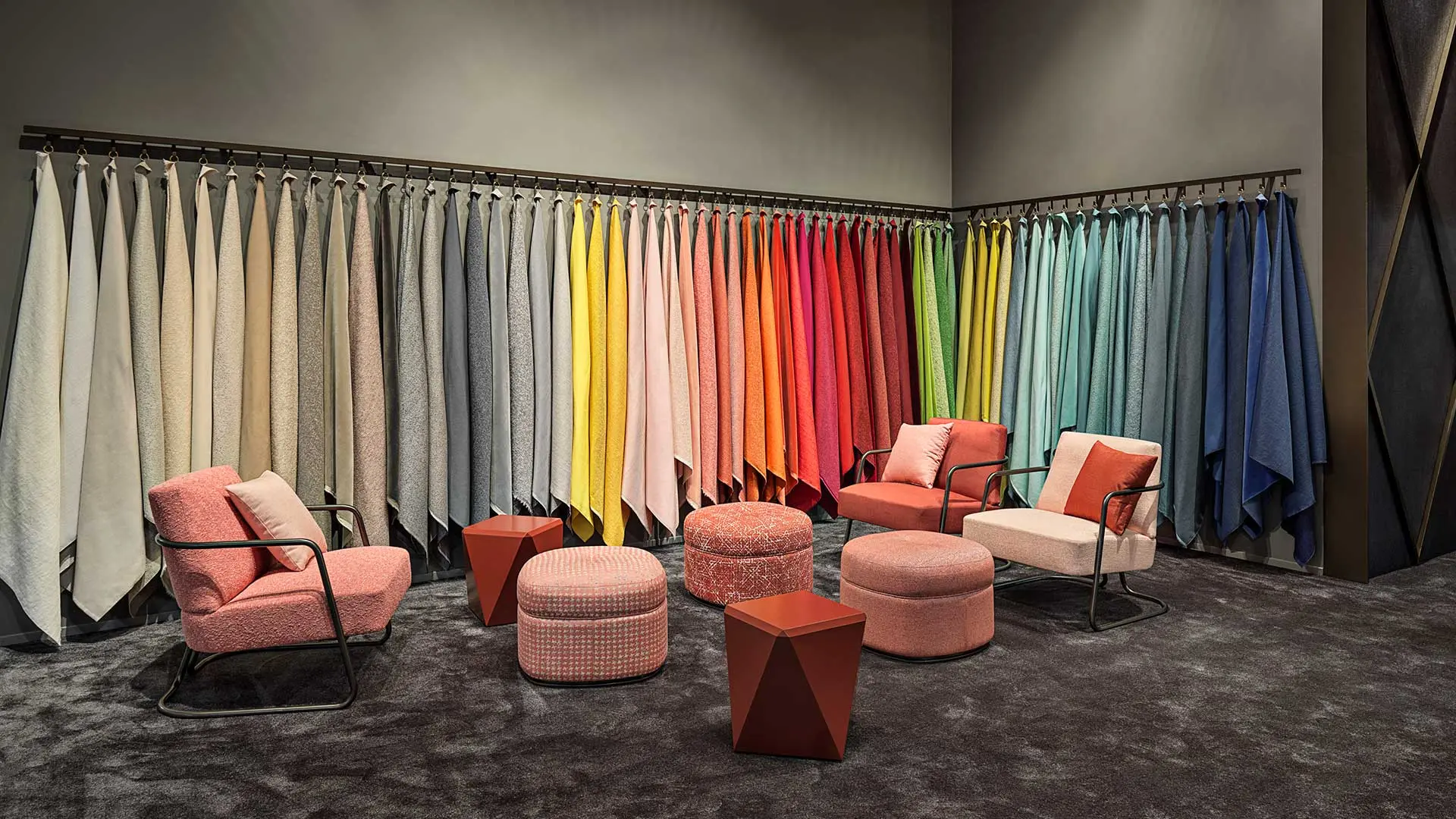
Rubelli
Interior decor channelling originality, exoticism, nature and sustainability.
The resurgence of interest in decorative schemes typical of internal architecture is becoming increasingly obvious, especially where coverings are concerned, from wallpaper to tapestry to fabrics. Every surface, whether horizontal or vertical, is a “palette” on which to tell stories (as Salgari would have done, or Lewis Carroll with Alice, or the travellers to Japan before that). As well as oriental echoes, which have been popular for some time, there is an appetite for the exotic, like some of Henri Rousseau’s naïve paintings, with tigers, lions and leopards in the midst of the jungle.
It’s not just a case of decoration pure and simple, wallpaper is also a prime subject of material research (waterproof fibreglass papers, for instance, commitment to sustainability, increased sound-proofing power) along with the quality of digital image reproduction (which can now be totally customised).
The same approaches and trends apply to tableware, with plates emblazoned with large leaves, exotic insects and mythological monsters.
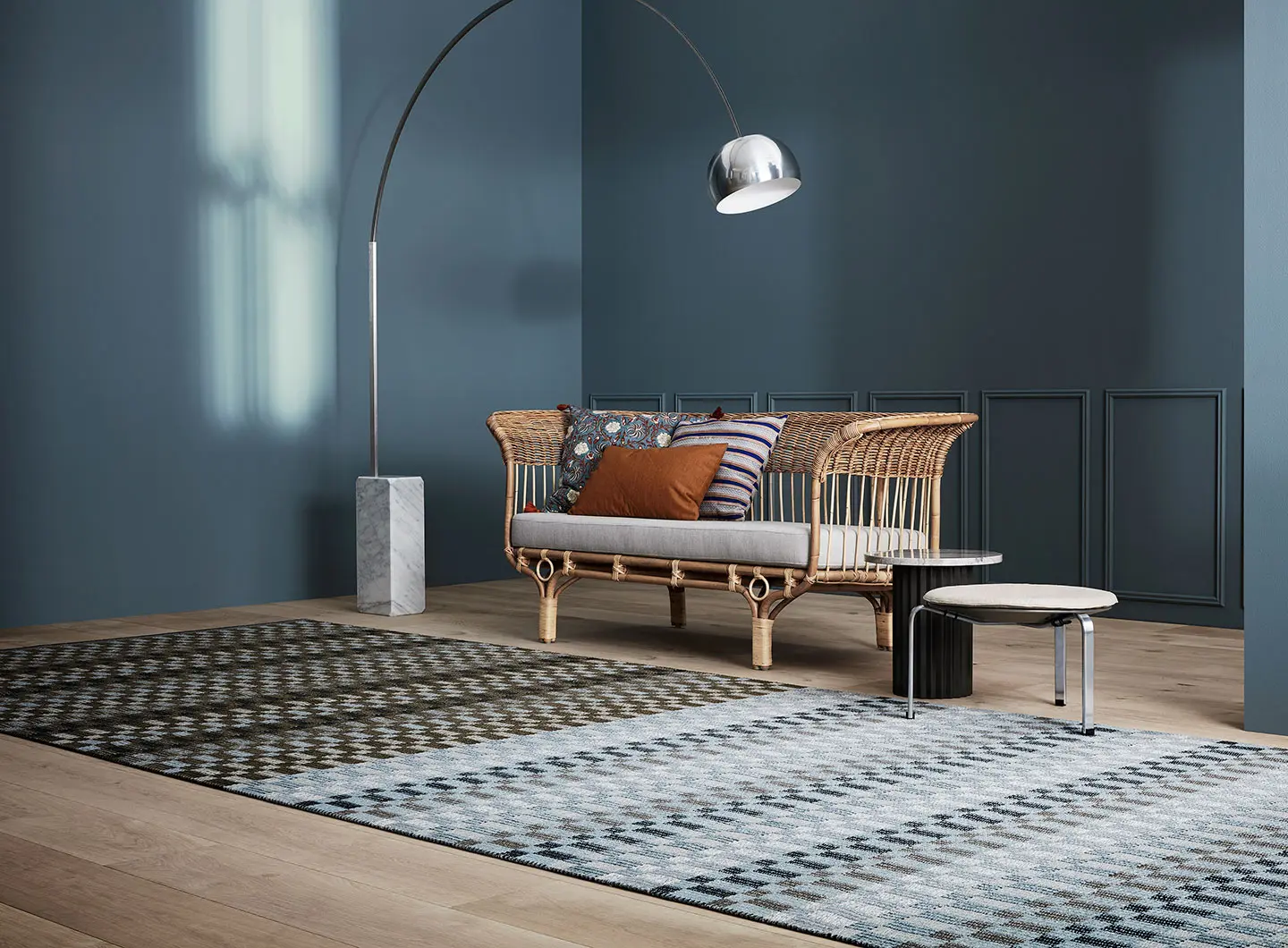
Poetry, design by Maja Johansson Stabander, Kasthall
When it comes to rugs, graphic patterns are clearly to the fore (see Jaime Hayon’s Silhouette for Nanimarquina), but so are shapes, in a bid to break with the regulation geometric rectangles, squares and circles, with composite outlines, fringes, cut-outs and superpositions.
Some producers in this sector have also embraced the challenge of sustainability and recycling, for example - Patricia Urquiola has worked with Gan on scrap felt, coming up with a chromatic effect suggestive of building material (Nuances collection).
Generally-speaking, rug design veers increasingly between two extremes: absolute neutrality in which it takes on a background role for classically minimalist furnishings (such as the elegant Poetry designed by Maja Johansson Stabander for Kasthall and Inga Sempé’s Volentieri for Magis), and outright “aggressiveness,” undoubtedly mediated by the world of contemporary art. An emblematic example of this latter trend is the Gesture collection for which cc-tapis has brought in five leading designers - Mae Engelgeer, Yuri Himuro, Sabine Marcelis, Philippe Malouin and, of course, Patricia Urquiola.
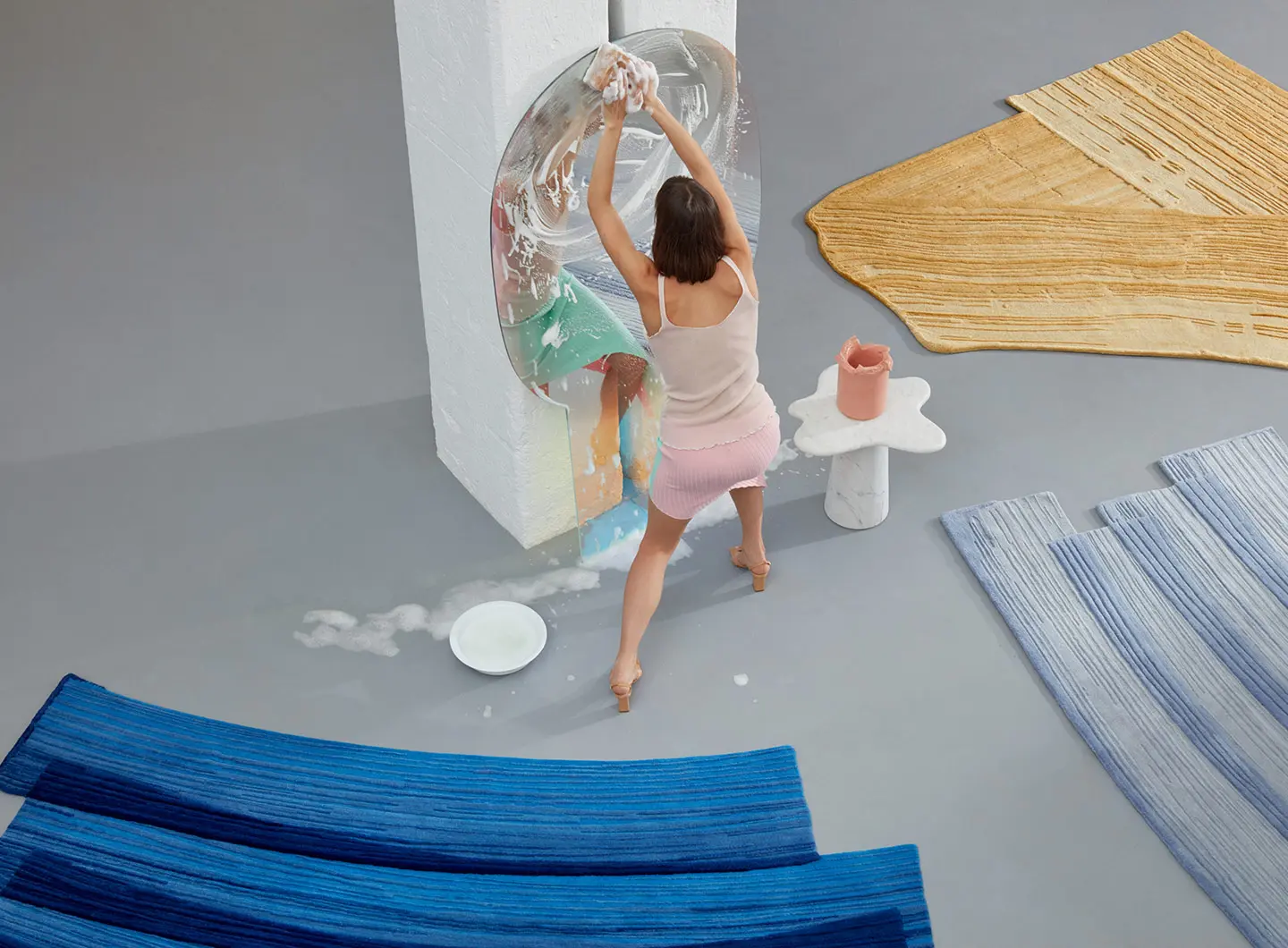
Stroke, design by Sabine Marcelis, cc-tapis - © Dario Salamone


 Stories
Stories




